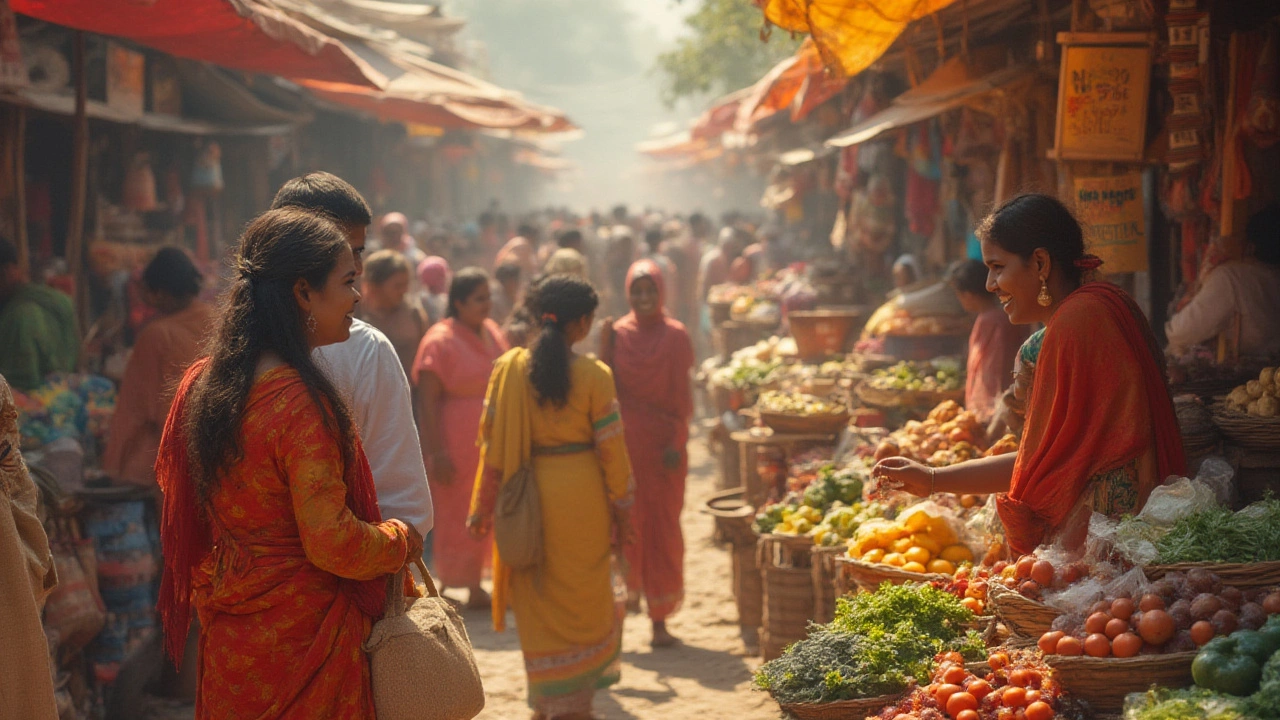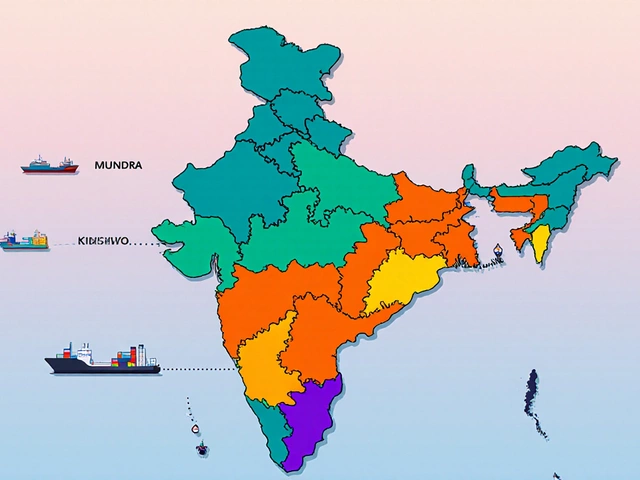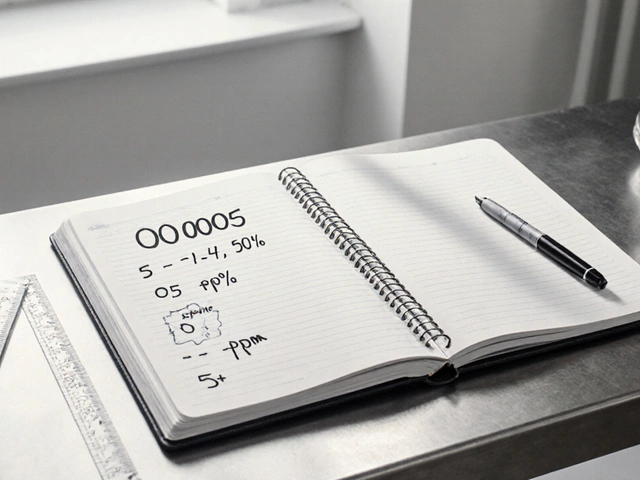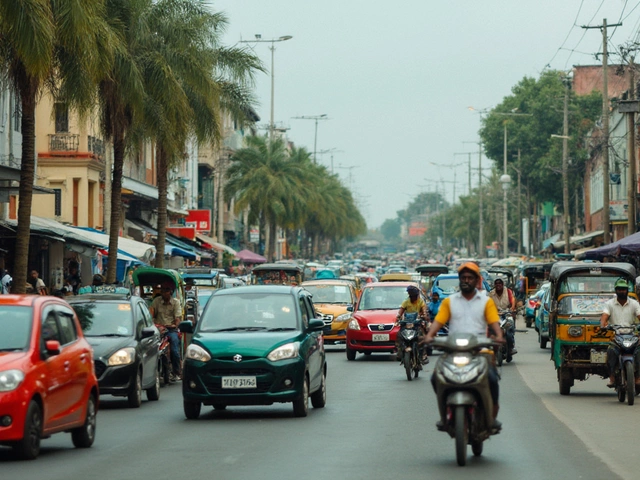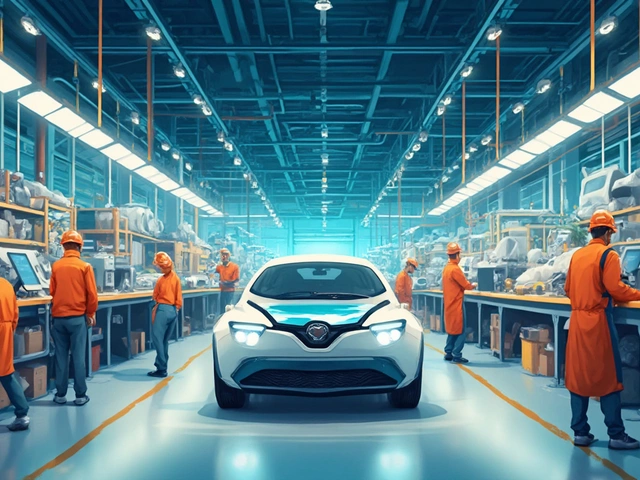Imagine tossing out a plastic bottle or a snack wrapper and knowing it won't end up in a landfill—ever. That's no longer wishful thinking if you’re in India. On July 1, 2025, India pulled the plug on all single-use plastics nationwide. With nearly 1.4 billion people, that's the most sweeping ban ever attempted by any country. The move is huge, not just for folks living there, but for anyone interested in how to tackle plastic waste for good.
Why India Banned Single-Use Plastics—and What That Means Globally
India didn’t just wake up one day and ditch convenience. The country generates almost 9.4 million tonnes of plastic waste each year. About 40% of that? You guessed it: single-use plastics—things like shopping bags, straws, disposable cutlery, food wrappers, and plastic plates. If you’ve ever walked down a busy market street in Mumbai or Delhi, you’ll know how those plastics can pile up fast. The environmental impact isn’t just ugly to look at—it's choking rivers, killing cattle, and even clogging storm drains, making floods worse during monsoon season.
The timing is no accident. India made its intentions clear way back in 2018 at the World Environment Day. They pledged to phase out single-use plastics by 2022, but delays around COVID-19, logistics, and industry pushback dragged things out. Still, this year’s blanket ban makes a statement: plastic convenience is out, and responsibility is in.
Check out these eye-opening numbers in the table below, comparing plastic usage before and after the ban:
| Year | Total Plastic Produced (million tonnes) | Single-Use Plastics Share | Recycled Plastic (%) |
|---|---|---|---|
| 2022 | 9.1 | 3.8 (about 42%) | 30% |
| 2024 | 9.4 | 4.1 (about 44%) | 29% |
| 2025 (After Ban) | 6.0 (estimated) | 0 | 45% (projected) |
The plastic crisis hits hardest at the bottom: The United Nations Environment Programme highlighted that plastic waste floods into oceans at a rate of roughly 12 million tonnes a year globally. India’s move, even alone, could cut that flow by nearly 8% worldwide. Picture less plastic floating down the Ganges and fewer microplastics in the fish on your plate. That’s where the rubber meets the road.
But is this just a one-off stunt? Actually, no. Countries like Bangladesh, Kenya, and Rwanda have also banned certain plastics, but India’s outright clasp on all single-use forms sets a precedent due to its sheer scale. The Indian ban covers items you usually find everywhere—shopping bags, polystyrene cups, cling film, straws, and forks. The government has also targeted packaging used in e-commerce, which is a fast-growing sector in India.
With India’s ban, plastic manufacturers now must change their business models—either pivot to biodegradable options or close shop. The immediate knock-on effect is job losses in some sectors but fresh opportunities in others, especially in producing alternatives like jute bags, paper straws, or plant-based cutlery.
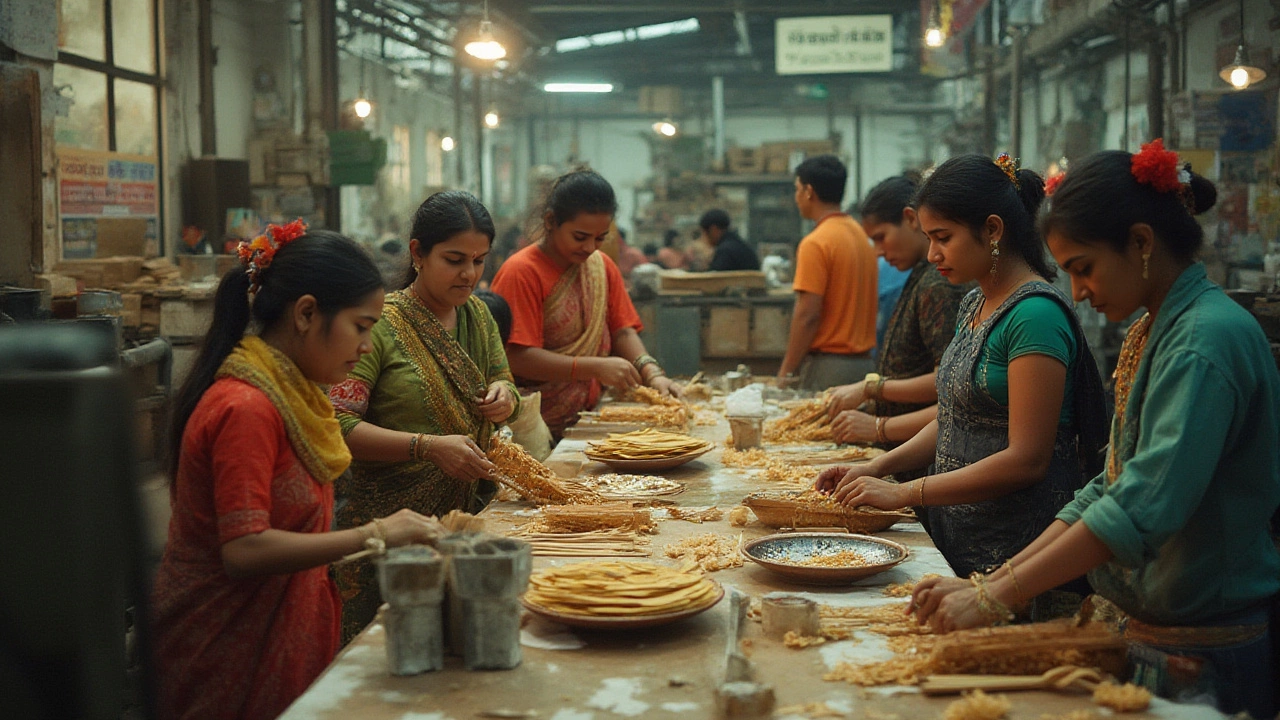
How the Ban Changes Manufacturing and Everyday Life
Bans spark fresh habits, whether in boardrooms or living rooms. If you run a tiny tea stall, you can’t serve your chai in a plastic cup anymore. Big retailers can’t pack your delivery in those familiar crinkly plastic bags. Now, everything from food packaging to retail shopping bags to drinking straws has to switch to compostable, paper, or fabric options. The change is immediate—lots of supermarkets and chain restaurants have already ditched plastic by July, swapping in brown paper packaging or reusable cloth bags.
Plastic manufacturing in India has to reinvent itself. According to the All-India Plastic Manufacturers Association (AIPMA), over 50,000 small businesses worked mostly with plastics, and half of those focused just on single-use products. That's a lot of businesses suddenly forced to pivot. The government offered a grace period and support for technology upgrades, but for some, the only way forward is to start making alternatives like cornstarch plates or bamboo toothpicks. Some factories, especially in plastic-focused hubs like Gujarat and Maharashtra, are now churning out eco-friendly items nearly overnight. Paper cup manufacturing, for instance, jumped 65% in the last 12 months. Even bag manufacturers, famous for cheap plastic shoppers, are training up on weaving jute and cotton bags instead.
Let’s break it down through a case:
- A Mumbai-based fast-food chain switched to paper wrappers and corn starch spoons. Their costs rose by 30% initially, but customer feedback was positive. People even posted on social media, showing off their paper-wrapped samosas.
- Local kirana shops (those small corner stores you see everywhere) started offering cash-back rewards if customers brought their own bags, which has doubled reusable bag usage in some cities.
- A major food delivery app, Swiggy, replaced all plastic cutlery with wooden alternatives. They even started a campaign asking customers to 'opt in' for cutlery instead of receiving it by default, saving nearly 20 tonnes of plastic each month.
Everyday folks are making tiny adjustments too. Instead of sipping lassi through a plastic straw, you might get a bamboo or even metal straw. Schools are running workshops on how to use less plastic and craft reusable items from old T-shirts. Local governments send out reminders: "No single-use bags at markets or pay a hefty fine!" One catchy billboard in Chennai reads: ‘Plastic isn’t fantastic—bag the habit!’
There's no denying the hassle for people at first. Many miss the convenience; some grumble about soggy paper straws or thin paper bags. But change is happening. An August 2025 survey by Lokniti-CSDS found that 68% of urban Indians now prefer reusable bags when shopping, up from 42% last year.
Still, it's not all smooth sailing. Black markets for banned plastics have popped up. Some street vendors risk fines because alternatives are pricier or less available. The government set up more waste segregation centers and partnered with recycling startups to make things a little easier for everyone. Enforcement is key—they’ve ramped up checks at markets and even leveraged smartphone apps to report illegal plastic use.
Bigger brands are joining in for the PR win. PepsiCo India announced their snacks will come in recycled paper packaging. Some companies are even using edible cutlery made from millets, which you can munch on after finishing your food. Talk about zero waste!
If you’re visiting India, keep these quick tips in mind:
- Bring your own bag when shopping—the old single-use plastic options are gone.
- Reusable bottles for water and drinks make you part of the solution (plus, fewer single-use water bottles piling up).
- If a business offers you plastic cutlery, it’s probably not legal—say no and let them know you’re aware of the new rules.
- Try supporting small vendors selling eco-friendly options—they need the boost during this big transition!
For anyone living in a country considering a similar ban, the Indian approach is a reminder: the government can move mountains with the right policies, but people, businesses, and even tourists make those changes stick.
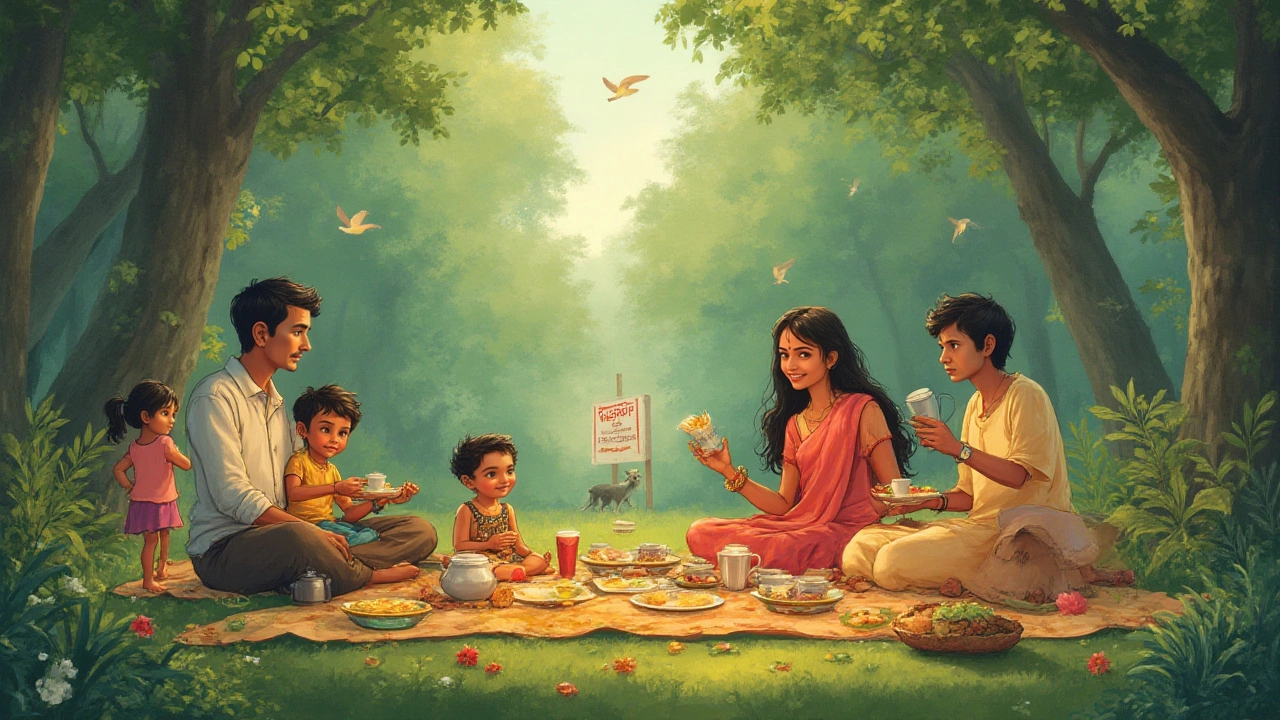
The Future of Plastics: Innovations and Challenges Ahead
It’s easy to think of the ban as a silver bullet, but the story only starts there. Going forward, India has to decide how to recycle the mountains of plastic still out there, and how to keep up the pressure so the ban doesn’t fade when the next crisis rolls around. Recycling is getting a turbocharge—new plants are popping up in cities like Pune, Chennai, and Lucknow to process existing plastic waste into furniture, road materials, or construction bricks. Even railway stations are running pilot projects where used plastic bottles get swapped for phone credits or cash points. That’s real motivation!
If you look at plastics manufacturing globally, this is forcing a rethink. The industry can’t rely on outdated models. Big Indian factories that used to ship plastic bags across Asia are re-tooling for biodegradable alternatives. Global brands like Unilever and Coca-Cola, who do big business in India, have had to roll out all-new packaging shows just to clear compliance checks. And those changes tend to travel—if you want to sell the same snack pack in India and Bangladesh, you upgrade your packaging everywhere for efficiency.
On the innovation side, India’s universities and startups are racing to make next-gen materials that feel and work like single-use plastics, but break down in the environment quickly. Some brands are using bagasse (sugarcane fiber left after making sugar), which is cheap, compostable, and widely available in India. A Hyderabad startup recently created edible plates made from sorghum flour—eat your dinner, then eat your plate if you like! Another startup in Tamil Nadu makes carry bags from seaweed, which break down in water within days—perfect for markets near the beach.
But no transition is perfect. Some critics argue the ban might actually increase the use of other environmentally harmful materials, like paper or cotton, unless those are sourced responsibly. There's a risk of creating new supply chain headaches if everyone rushes to alternatives too quickly. More education and smart policy tweaks are needed, including campaigns showing people how to compost or recycle these new materials correctly, to keep eco-hype from turning into eco-headache.
India’s massive step shows bans work best when paired with grassroots efforts and business incentives. The change isn’t just in policies; it’s reshaping how a nation shops, eats, and even thinks about waste. If you’re following the fight against plastic pollution, all eyes are now on India—not just because they acted big, but because they’ve set off a wave of innovation and, yes, disruption. Who’ll be next?
